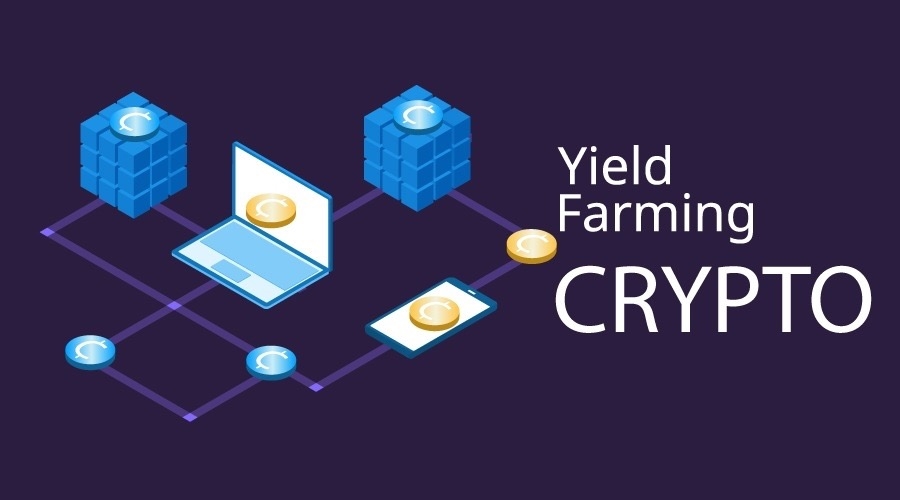Decentralized Finance (DeFi) has revolutionized how individuals interact with digital assets. Among its most popular features are yield farming and staking, which allow users to earn passive income while supporting blockchain networks.
What is Yield Farming?
Yield farming, also known as liquidity mining, involves providing cryptocurrencies to DeFi platforms in exchange for rewards. Users deposit their assets into liquidity pools on decentralized exchanges (DEXs) or lending platforms. In return, they earn:
- Interest payments from lending
- Platform tokens as incentives
- Trading fees from users swapping assets in the pool
Yield farming strategies vary from simple single-asset staking to complex multi-pool setups designed to maximize returns.
What is Staking?
Staking is the process of locking up cryptocurrencies in a blockchain network to support its operations, such as validating transactions. Users who stake their tokens often receive:
- Reward tokens distributed periodically
- Voting rights in network governance (for governance tokens)
- Compound interest if rewards are reinvested
Popular staking networks include Ethereum 2.0, Solana, Cardano, and other proof-of-stake (PoS) chains.
Risks and Considerations
While yield farming and staking can be profitable, investors should consider:
- Smart contract vulnerabilities: Bugs can lead to loss of funds
- Impermanent loss in liquidity pools
- Market volatility: Token prices can fluctuate, affecting overall returns
- Platform risk: DeFi projects vary in security and longevity
Why It Matters
Yield farming and staking democratize access to financial tools previously available only to institutional investors. They offer an opportunity to earn passive income while participating in the growth of decentralized networks.


